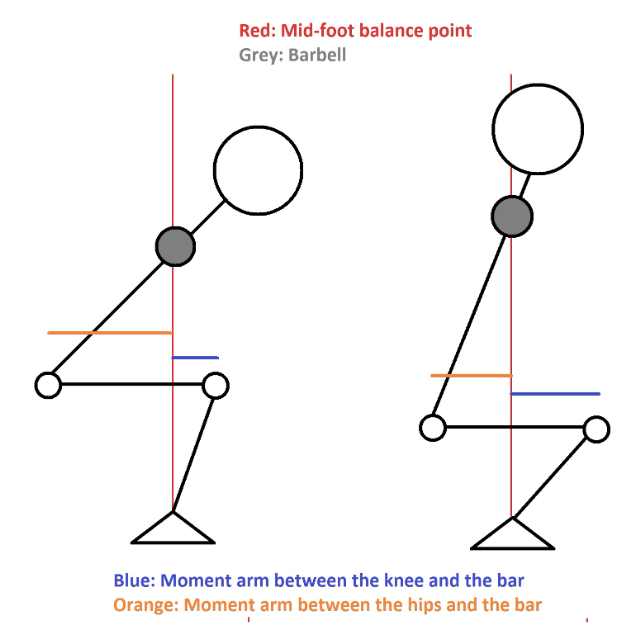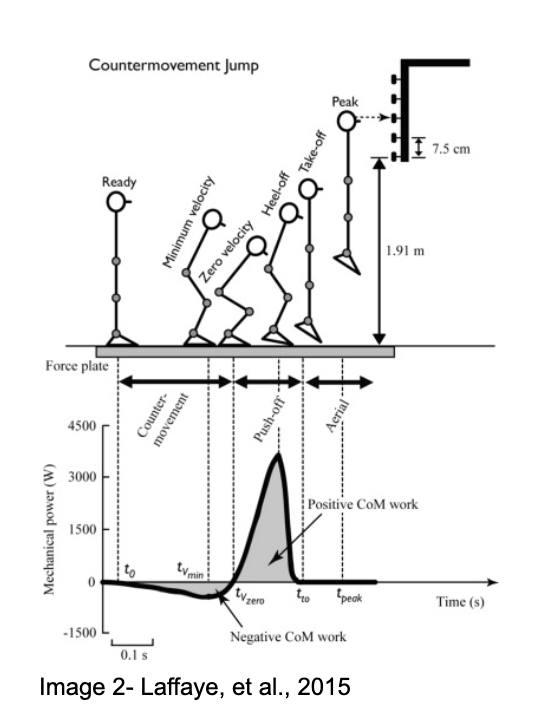The Great Debates of Powerlifting: The Infamous Box Squat
This is the first installment of a series I am looking forward to, ‘The Great Debates of Powerlifting’. In this week’s episode, I tackle the infamous box squat. Enjoy!
Debate 1 Box Squat v No Box
Louie Simmons loved the box squat, and for this reason, strength coaches from around the world hold the box squat near and dear to their heart. I would agree that the box squat has its place, but probably not for the reasons that they think. Let me be clear, I am a Louie Simmons fan until the day I die. He was as close to a coach as I ever had in powerlifting. I learned so many ideas that I still use. However, he wasn’t right about everything, and I assume that a lot of you will say the same about me when I am gone.
Counter Argument-
Louie embraced the box squat as a way to teach powerlifters the correct way to squat. That’s the first mistake. Each individual has different anthropometrics, and each individual has their own limb lengths, hip shapes, femoral neck angles, hip socket depths (deep v shallow), so to say that everyone should squat wide eliminates all folks with deep hip sockets like me. They weren’t the only ones setting world records. I beat them many times, and sometimes by over 100 pounds. Does that mean you should listen to everything that I say? No way! It’s important to look at the science along with our experiences under the bar.
Do box squats eliminate the stretch-shortening cycle(SSC)? (McBride, et al., 2010) confirmed that the SSC wasn’t eliminated at all, but Louie didn’t really say that. He talked about static versus dynamic, but this article also proves that very little was different. Of course, maybe they didn’t sit way back and keep their shins vertical, but I am not sure how that helps at all. If you look at image 1 below, all that does is take all the stress off the quads of the knees putting all stress on the hips and intervertebral joints of the spine. The quads are rarely the limiting factor of the back squat. Why not save the hips and hamstrings for the part of the back squat that they really come into play, the finish?

The back squat has been shown to improve athletes athletically in the vertical leap and sprint times. The vertical leap nor the sprint is performed like the box squat. You can look at image 2 to witness the mechanics of a vertical leap. When it comes to raw squatting, I can’t see a carry over either because vertical shins simply don’t exist in world champion raw powerlifting. That doesn’t mean that box squats are useless.

Box Squat Benefits-
Specificity-
Now let’s not throw out the baby with the bathwater. The box squat has the advantage of specificity when it comes to overcoming a weakness at a particular range of motion. If someone is weak two inches out of the hole, a box set at 2” out of the hole can help. For Sprinting, a quarter squat is more specific to the joint angles experienced during a race, which is why many sprinters use quarter box squats closer to a race.
Teaching-
When teaching a new athlete how to squat, the box is a great tactile cue for depth. I would teach the athlete to squat exactly how you intend for them to squat without the box. I suggest a slow descent as if the athlete was sitting onto a carton of eggs trying not to break them to avoid unnecessary spinal compression. I have used this teaching style for years with success.
In closing-
If you want to box squat, by all means, box squat. However, to say that there is only one way to box squat shows a lack of critical thinking. If you want to emphasize the posterior chain, I recommend a goodmorning, RDL, or back extensions. Why would you want to turn the back squat into an entirely different movement? The quads are important. If you don’t think so, go have your quads removed and see how high you can jump. For your knees to extend, you have to use your quads. You can’t “leg curl” your knees into extension.
I will end by saying that I agree with way more of Louie’s teachings than I disagree with. I just can’t see the logic in his explanation of the box squat and his reasoning. However, I will forever be his biggest advocate, but on this one, God rest his soul, we will agree to disagree.
Coach Travis Mash
References:
- McBride JM, Skinner JW, Schafer PC, Haines TL and Kirby TJ. Comparison of kinetic variables and muscle activity during a squat vs. a box squat. J Strength Cond Res 24 (12): 3195-3199, 2010.
- https://ptinsightscom.wordpress.com/2019/03/01/the-squat/
- https://www.powerliftingtowin.com/powerlifting-technique-squat-form/
- Laffaye, Guillaume & Phillip, Wagner & Tombleson, Tom. (2014). Countermovement Jump Height: Gender and Sport-Specific Differences in the Force-Time Variables. Journal of strength and conditioning research / National Strength & Conditioning Association. 28. 1096-105. 10.1519/JSC.0b013e3182a1db03.
CHECK OUT ALL OUR EVENTS AND CERTIFICATIONS!
Fast track your carreer and learn from some of the best experts in Strength and Conditioning.



